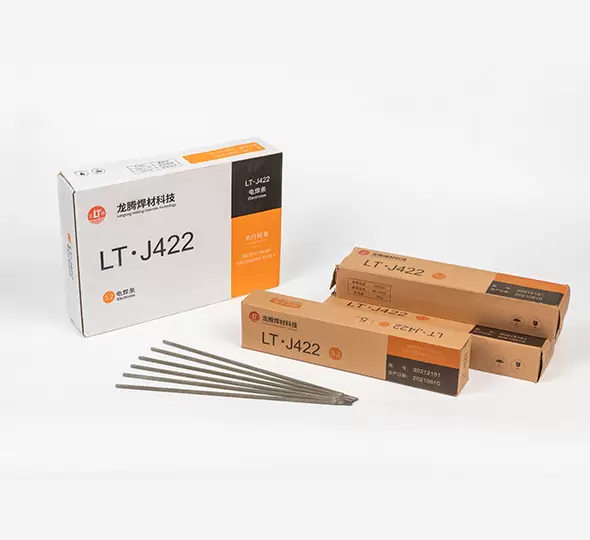Superchargers vs. Blowers: Unraveling the Power Boosting Mystique
When it comes to enhancing engine performance, the terms supercharger and blower often surface in discussions among automotive enthusiasts and professionals alike. While these terms are frequently used interchangeably, they represent distinct technologies with unique characteristics and applications. In this article, we will delve into the nuances of superchargers and blowers, exploring their mechanisms, types, advantages, and considerations for use, thereby providing a comprehensive understanding for both novice and seasoned automotive aficionados.
Understanding the Basics: What Are Superchargers and Blowers?
At their core, both superchargers and blowers serve the same primary function: to increase the amount of air entering an engine, thereby allowing for more fuel to be burned and resulting in greater power output. However, the terminology can be misleading. In the automotive world, blower is often a colloquial term that refers to superchargers, particularly those that are positive displacement types.
The Mechanisms Behind Supercharging
Superchargers are mechanical devices that compress air and force it into the engine's intake manifold. This process increases the density of the air-fuel mixture, enabling the engine to produce more power. Superchargers can be categorized into two main types:
- Positive Displacement Superchargers: These superchargers, such as the Roots and Twin-Screw designs, work by trapping a fixed amount of air and compressing it before delivering it to the engine. They provide immediate boost and are particularly effective at low RPMs, making them ideal for applications requiring instant throttle response.
- Dynamic Superchargers: These include centrifugal superchargers, which utilize a rotating impeller to draw in air and compress it. Unlike positive displacement superchargers, centrifugal designs build boost progressively with engine RPM, making them more efficient at higher speeds but less responsive at low RPMs.
The Blower Concept: A Closer Look
While the term blower is often synonymous with supercharger, it typically refers to a specific type of supercharger—most commonly, the positive displacement variety. The Roots blower, for example, is a classic design that uses two rotors to compress air. This type of blower is known for its simplicity and reliability, making it a popular choice in both street and racing applications.
Key Differences: Supercharger vs. Blower
- Terminology and Usage: As mentioned, blower is often used to describe positive displacement superchargers, particularly in the context of performance vehicles. In contrast, supercharger is a broader term that encompasses both positive displacement and dynamic types.
- Performance Characteristics: Positive displacement superchargers (blowers) provide immediate boost and are excellent for low-end torque, while centrifugal superchargers build boost progressively and are more efficient at higher RPMs. This difference can significantly affect how a vehicle feels during acceleration.
- Installation and Complexity: The installation of superchargers can vary based on the type. Positive displacement superchargers often require more space and can be heavier, while centrifugal superchargers are generally more compact and easier to install in various engine bays.
- Heat Generation: Supercharging inherently generates heat due to the compression of air. Positive displacement superchargers tend to produce more heat than centrifugal types, which can lead to higher intake temperatures and necessitate additional cooling solutions.
Advantages of Supercharging
Both superchargers and blowers offer several advantages for performance enthusiasts:
- Increased Power Output: By forcing more air into the engine, both systems significantly boost horsepower and torque.
- Improved Throttle Response: Positive displacement superchargers provide immediate power, enhancing the driving experience, especially in street applications.
- Versatility: Superchargers can be adapted to various engine types, from street cars to racing machines, making them a popular choice across the automotive spectrum.
Considerations for Choosing Between Superchargers and Blowers
When deciding between a supercharger and a blower, consider the following factors:
- Intended Use: For street applications requiring quick throttle response, a positive displacement supercharger (blower) may be preferable. For high-performance racing applications where efficiency at high RPMs is critical, a centrifugal supercharger may be the better choice.
- Space and Installation: Evaluate the engine bay and available space for installation. Some superchargers may require modifications to fit properly.
- Heat Management: Consider the cooling solutions necessary to manage heat generated by the supercharging process, especially if opting for a positive displacement design.
Conclusion
In summary, while the terms supercharger and blower are often used interchangeably, understanding their differences is crucial for making informed decisions about engine performance enhancements. Whether you opt for a positive displacement supercharger for its immediate power delivery or a centrifugal supercharger for its efficiency at high RPMs, both technologies offer exciting possibilities for boosting your vehicle's performance. By considering your specific needs and preferences, you can harness the full potential of these powerful devices and elevate your driving experience to new heights.

Average Rating